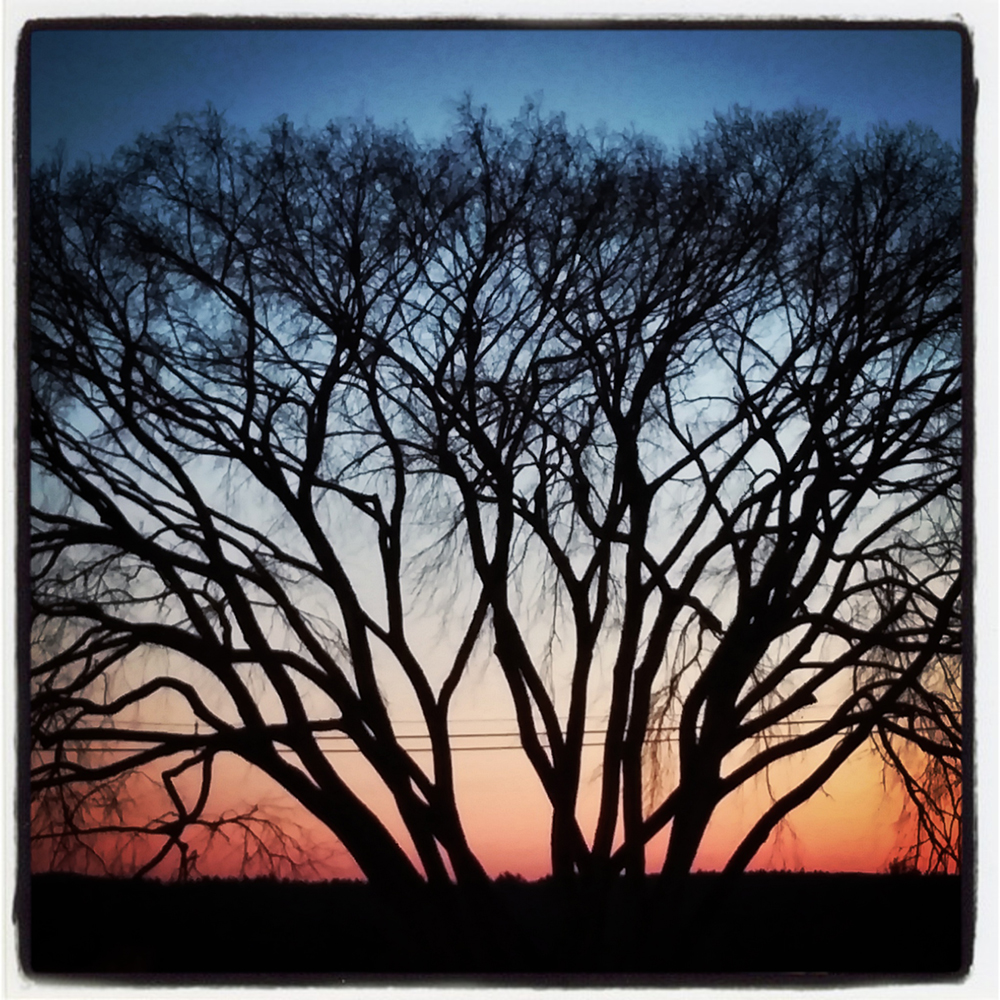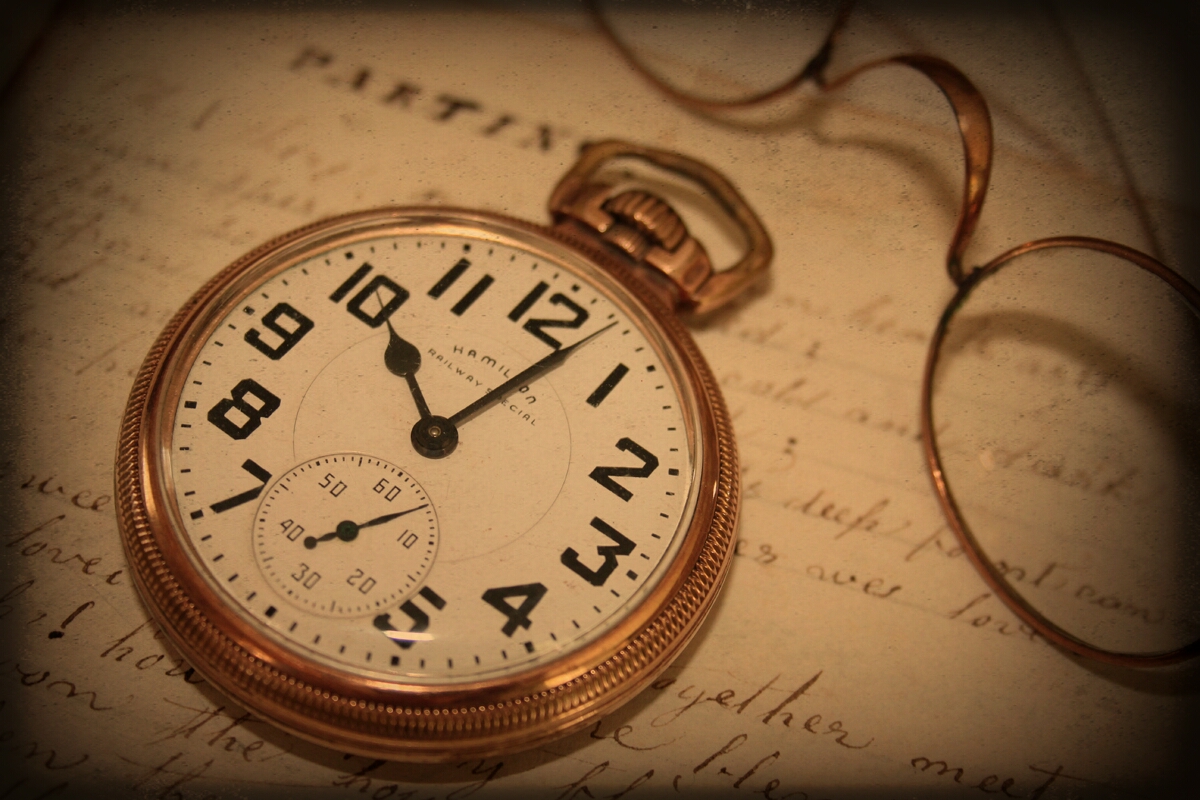Aug 26, 1943
Gave eskimo woman a suit of long underwear and two cakes of soap to do my laundry.

An Inuit family (1917) – “AN ESKIMO FAMILY. Tenderness and responsibility in their treatment of children is a virtue of the Eskimo which binds them closer to the brotherhood of civilized peoples.” [1]National Geographic Magazine, Volume 31 (1917), page 564 – Wikipedia Link
In reading this entry of Merton’s journal, I could only picture the poor woman leaning over into the frozen river with a washboard. Probably a far cry from the truth but good for those ‘cold wash only’ items.
This is an interesting case in how learning about the past brings an ‘Ah Ha’ moment to the present. There are a few ‘chores’ that if I could avoid them, laundry would indeed be one of them, though I believe that my wife would think that I would choose to avoid ALL of them. Perhaps two chocolate cakes might do the trick.
The flip side to this argument however, is that my Mother loves to do laundry… and ironing. I guess I take after my Grandfather more than Mom.
Notes
| 1. | ↑ | National Geographic Magazine, Volume 31 (1917), page 564 – Wikipedia Link |




